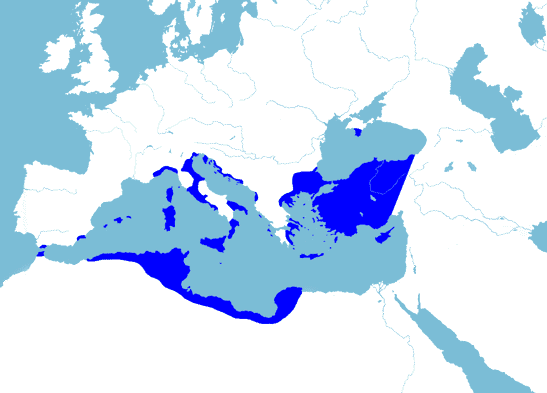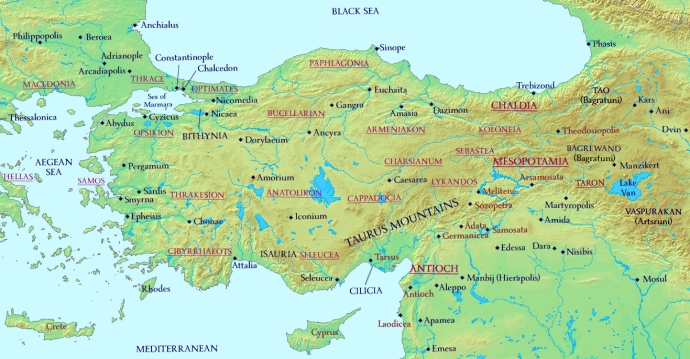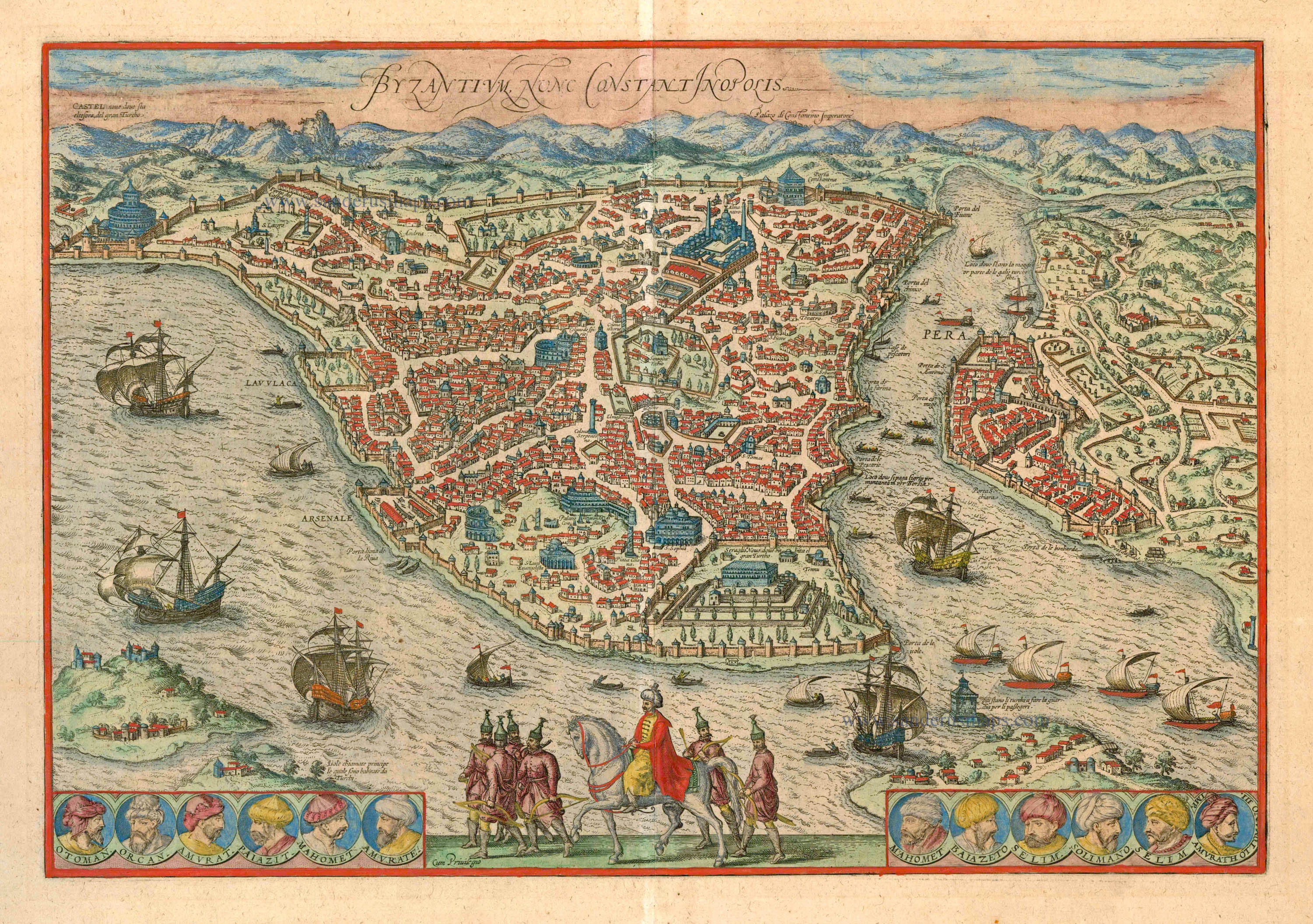The second Arab siege of Constantinople should probably just be called the “real” Arab siege of Constantinople. In 717 the Umayyad Caliphate seriously threatened the continued existence of the Roman Empire by besieging the capital from both land and sea. The the army of the Caliphate vastly outnumbered the Roman defenders. But the Romans still had a few tricks up their sleeves. The formidable Theodosian walls, the horrifying flaming liquid known as Greek Fire, and one most slippery men to ever be called Roman Emperor all helped Constantinople weather the Umayyad storm. How did the Romans manage to survive this time? Tune-in and find out how tricky Greeks, unquenchable flames, and general who was just too darn honest all play a role in the story.




A map of Constantinople accurate to the 7th century

Works Cited
Brownworth, Lars. Lost to the West : The Forgotten Byzantine Empire That Rescued Western Civilization. 1st ed., Crown Publishers, 2009.
El-Cheikh, Nadia Maria. Byzantium Viewed by the Arabs. Distributed for the Center for Middle Eastern Studies of Harvard University by Harvard University Press, 2004.
Evans, Helen C., and Brandie Ratliff. Byzantium and Islam : Age of Transition 7th – 9th Century. Metropolitan Museum of Art, 2012
Haldon, John F. Byzantium in the Seventh Century : The Transformation of a Culture. Cambridge University Press, 1990.
Haldon, John F. The Empire That Would Not Die : The Paradox of Eastern Roman Survival, 640-740. Harvard University Press, 2016.
Howard-Johnston, James. Witnesses to a World Crisis : Historians and Histories of the Middle East in the Seventh Century. Oxford University Press, 2010.
Jankowiak, Marek. “The First Arab Siege of Constantinople”. In Zuckerman, Constantin (ed.). Travaux et mémoires, Vol. 17: Constructing the Seventh Century. Paris: Association des Amis du Centre d’Histoire et Civilisation de Byzance. pp. 237–320. 2013
Theophanes, et al. The Chronicle of Theophanes Confessor : Byzantine and Near Eastern History, AD 284-813. Clarendon Press, 1997.

